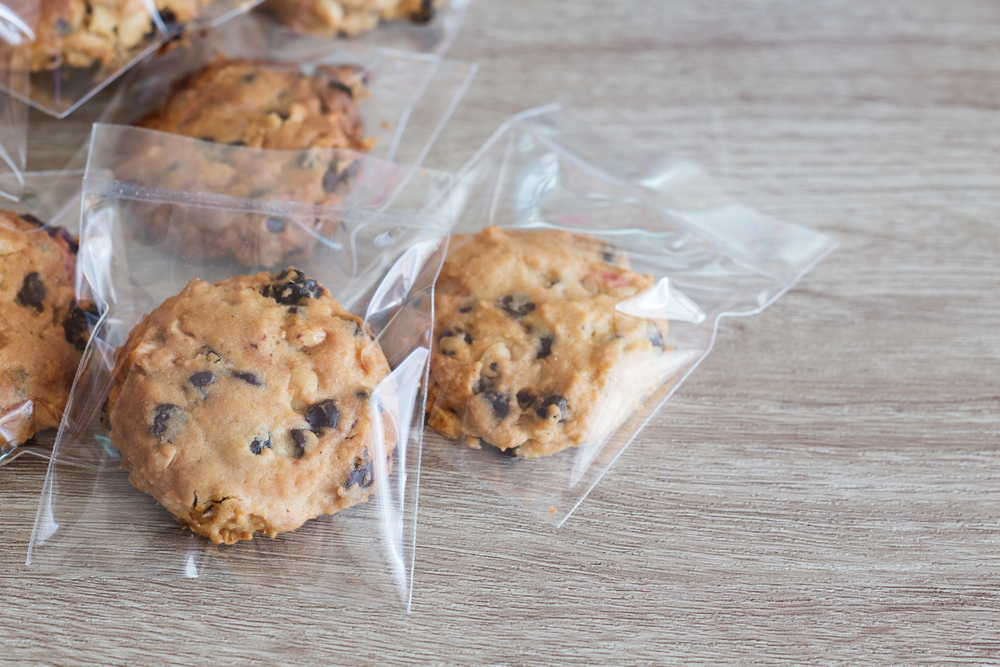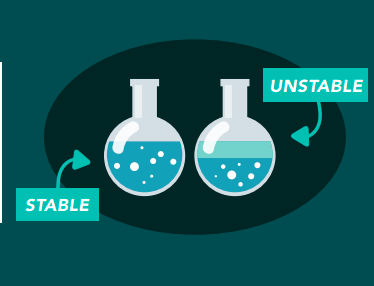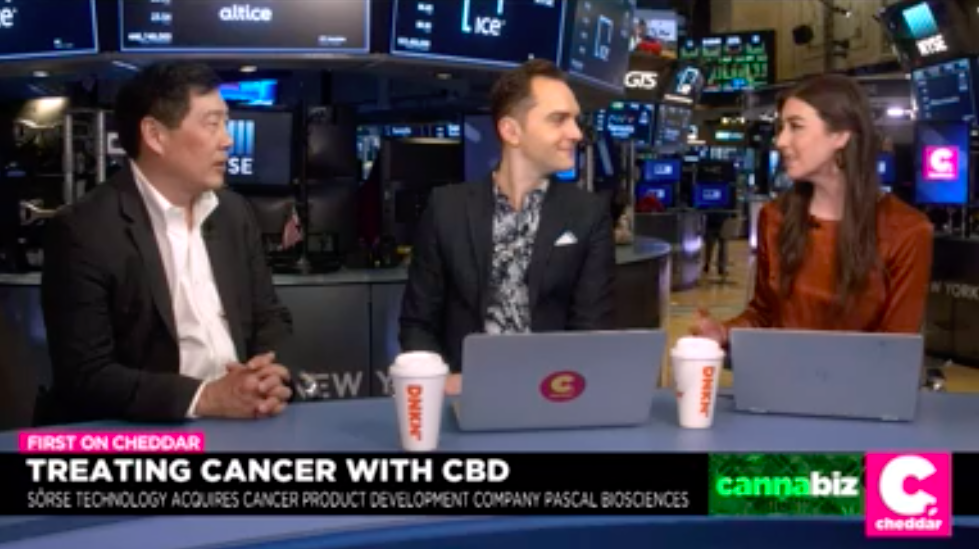SōRSE News & Blog
Home > News/Blog
More results...

Press Release: SōRSE Adds Clear Emulsion to Its Product Offerings
Learn more about SōRSE Clear in our press release!
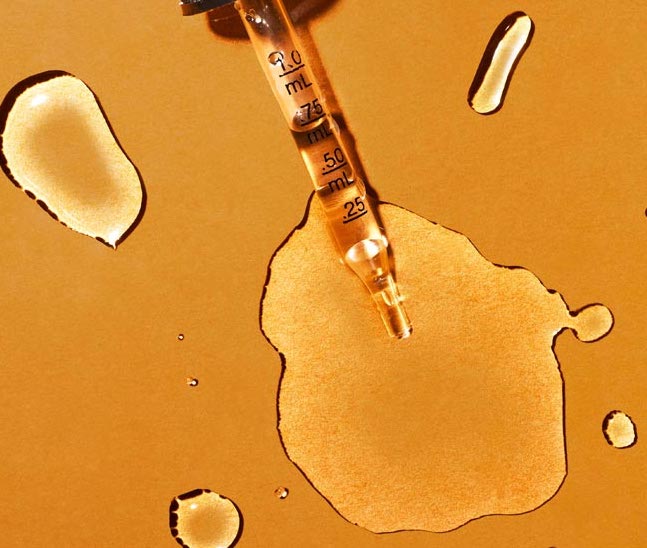
Prepared Foods: Capitalizing on Cannabinoids Emulsification Methods
Check out our highlight in Prepared Foods!
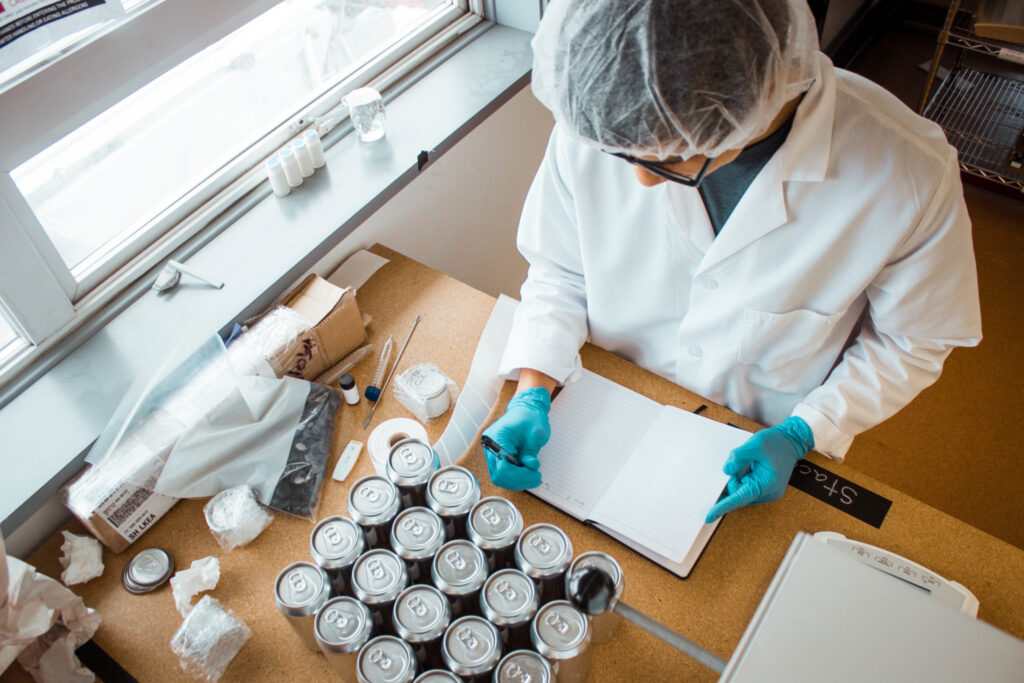
Food Dive: How SōRSE Technology is formulating CBD products in a pandemic
Check out SōRSE feature in Food Dive!

What Would Development Look Like Without a Water-Soluble Solution?
Discover the advantages of a water based formula.
- « Previous
- 1
- 2
- 3
- Next »








